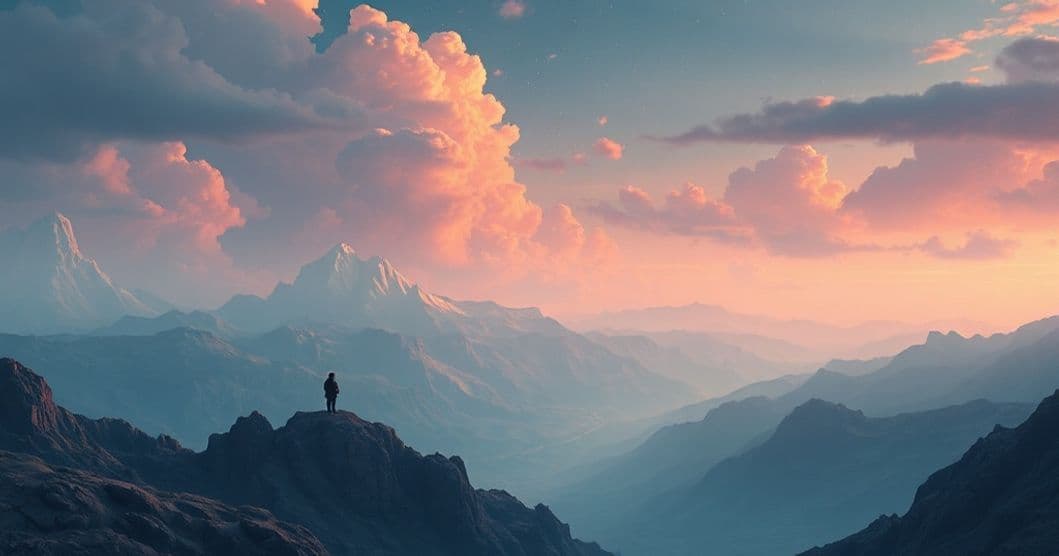Part 1: Dream Presentation
Dreams often serve as our subconscious’s way of processing the tension between our internal lives and external realities, and this dreamer’s experience beautifully illustrates how modern digital immersion can seep into even the most private recesses of the mind. Here’s a vivid account of a mind grappling with the blurred line between sleep and waking life:
Lately, my dreams have taken on a surreal clarity that feels almost too real—like waking up from a digital simulation rather than a night’s rest. The boundaries between my sleep and waking life have frayed, leaving me with a persistent, gnawing doubt: Is this even real? It’s as if the world around me now has the same glitching, imperfect quality as the AI-generated content I’ve become accustomed to online—slightly off, yet convincing enough to make me question every detail. When I encounter even the smallest coincidence—a street sign that seems to shift, a conversation that echoes a dream I had hours before—I feel compelled to check my palms, tracing the lines and creases as if searching for some hidden code or indicator that would confirm I’m not trapped in a lucid nightmare. The ritual has become automatic, a nervous habit that leaves my hands tingling with anxiety. Sometimes, the texture of my skin, the weight of my fingers, the warmth of my breath—these sensory anchors feel insufficient. I’ll pinch myself, taste the air, or stare at my reflection, desperate to find proof that I’m still in my own body, in my own world. But the unsettling truth remains: my dreams have grown so vivid, so indistinguishable from reality, that I now approach my waking hours with the same cautious skepticism I once reserved for nightmares. It’s a strange kind of limbo, where the line between what I see and what I imagine has dissolved entirely, leaving me adrift in a reality that sometimes feels as synthetic and unstable as the AI I’m trying to avoid.
Part 2: Clinical Analysis
Want a More Personalized Interpretation?
Get your own AI-powered dream analysis tailored specifically to your dream
🔮Try Dream Analysis FreeSymbolic Landscape: The AI-Infused Uncanny Valley
The dream’s core symbolism lies in its representation of the uncanny valley—that eerie liminal space where something feels simultaneously familiar and alien, real yet artificial. The
